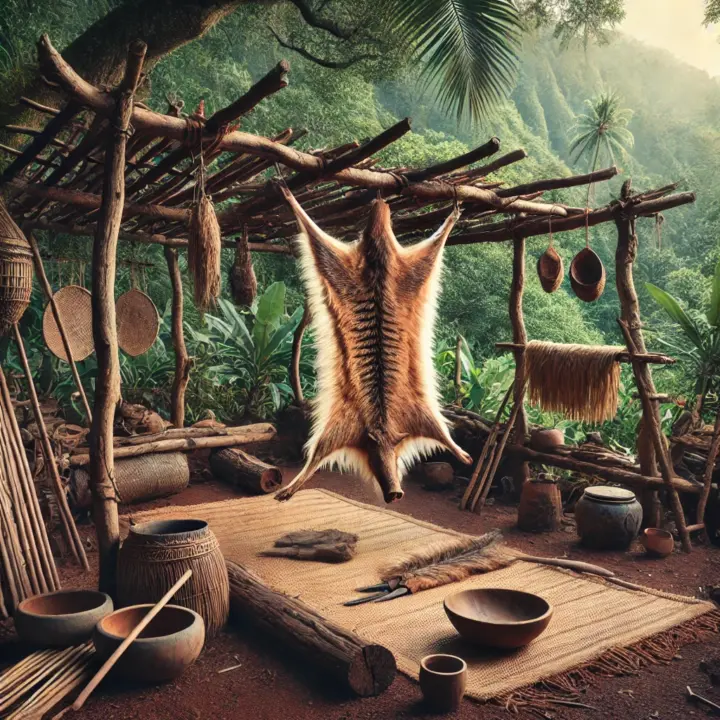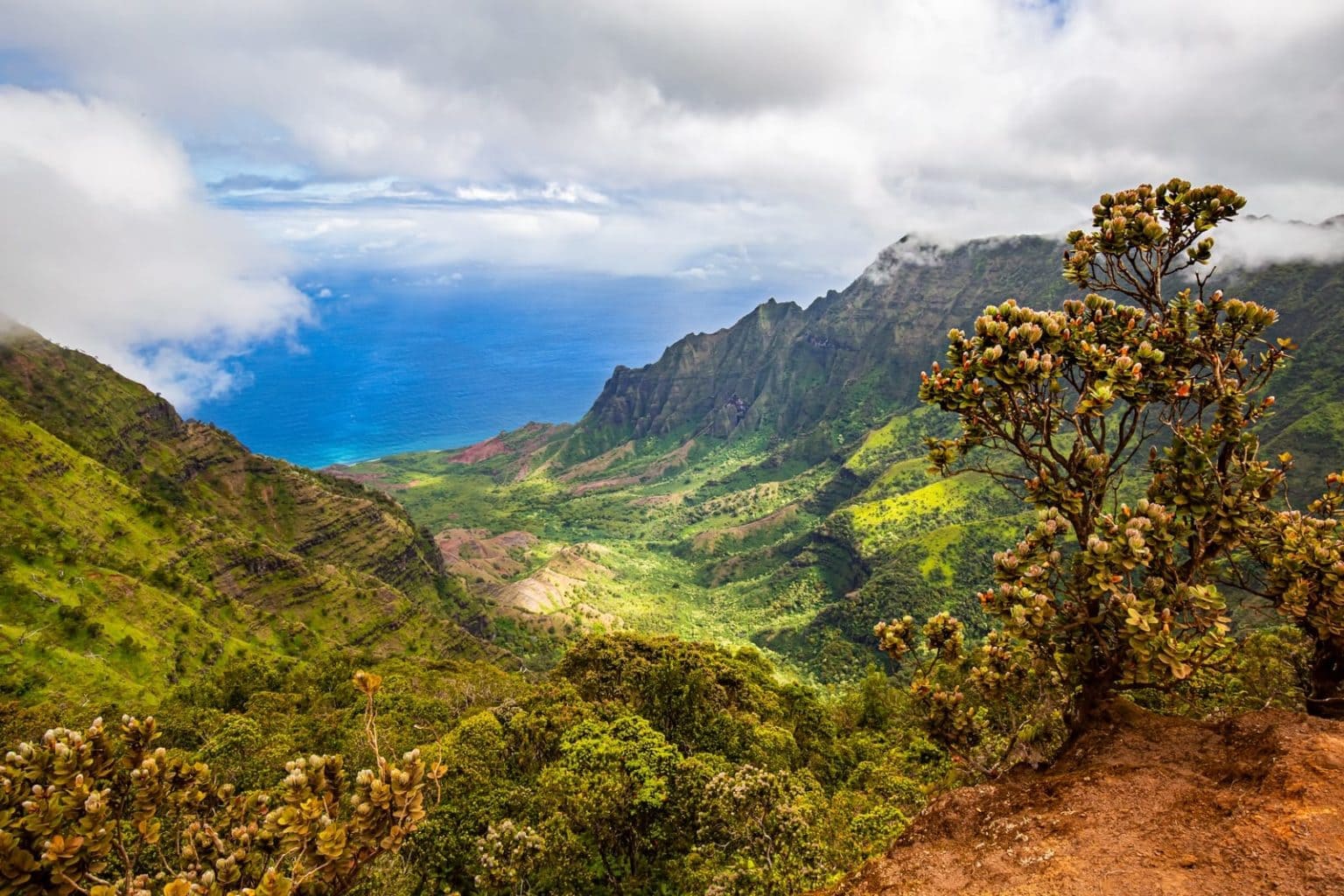A Deep Dive into Permits, Snares, and Ethical Harvesting
Hunting on Kauaʻi is more than just a tradition—it is a necessary practice to restore balance to an ecosystem that has been dramatically altered by human influence. The introduction of wild pigs, goats, and other invasive species has led to widespread environmental damage, threatening native flora, cultural sites, and the overall health of the land.
For generations, local hunters have taken on the role of caretakers, using sustainable methods to control these invasive populations. Yet, with increasing restrictions and a growing need for responsible stewardship, it is critical for anyone interested in hunting on Kauaʻi to fully understand the laws, permitting process, and ethical considerations involved in the harvest.
This guide will take you through the permitting requirements, hunting methods (with a focus on snare trapping), and proper field processing techniques—all while sharing historical insights and the wisdom of those who have walked this path before.
A Brief History of Hunting on Kauaʻi
Long before written laws governed the land, Native Hawaiians practiced a form of subsistence hunting that was deeply intertwined with their spiritual beliefs. Unlike modern hunters who focus primarily on invasive species, ancient Hawaiians hunted native birds, fish, and small mammals with immense respect and resourcefulness. Every part of the animal was used—meat for sustenance, bones for tools, and feathers for intricate adornments.
The arrival of Western settlers changed everything. Pigs and goats were introduced, breeding rapidly and throwing the natural balance into disarray. By the late 20th century, unmanaged populations were destroying native forests, uprooting taro terraces, and eroding the mountainsides of Kalalau Valley. Hunting was no longer just a means of survival; it became a responsibility.
Understanding Kauaʻi’s Hunting Regulations
All hunting on Kauaʻi falls under the jurisdiction of the Hawaiʻi Department of Land and Natural Resources (DLNR) and must adhere to strict regulations. Hunting units are designated across the island, each with its own rules regarding permitted weapons, species, and seasons.
1. General Hunting License Requirements
Before taking to the mountains, hunters must obtain a valid Hawaiʻi hunting license, which requires:
- Completion of a Hawaiʻi Hunter Education Course (or an approved equivalent from another state).
- Purchase of an annual hunting license via the DLNR website or approved vendors.
- If hunting in certain areas, additional permits may be required.
2. Hunting Units and Methods Allowed
Kauaʻi is divided into public hunting units (A-G):
- Unit G (Kalalau Valley): Year-round archery only for wild pigs and goats.
- Units B & C (West Kauaʻi Forest Reserves): Open for firearms, archery, and snare traps, depending on the season.
- Unit A (Alakaʻi Wilderness): Limited hunting to protect native species.
Each unit has specific rules regarding bag limits, weapon restrictions, and hunting days. Always check with DLNR’s latest hunting rules before heading out.
3. The Role of Snare Traps in Hunting
One of the most effective but controversial methods of controlling wild pig populations is the use of snare traps. Snares, when properly set, allow hunters to efficiently manage pig numbers in dense areas where firearms and bows may not be practical.
How to Legally Use Snare Traps in Kauaʻi
- Snares must be set on private land with landowner permission.
- Public land snaring requires a special permit from DLNR.
- Traps must be checked daily to prevent unnecessary suffering.
- Snares must be anchored securely to prevent animals from escaping with injuries.
- Hunters must dispatch trapped animals humanely upon capture.
Many experienced hunters combine snares with tracking methods, ensuring that every hunt is carried out with precision and respect.
A Story from the Field: The Night Hunt in Kalalau
A seasoned hunter, Kimo, remembers his first solo night hunt deep in Kalalau Valley. Armed with nothing but his bow and the wisdom passed down by his uncle, he hiked for hours under the glow of the moon, following fresh pig tracks along a muddy ridge.
When he finally spotted a boar near an ancient taro terrace, he waited—breathing in rhythm with the valley. The shot had to be perfect. With one well-placed arrow, the pig fell, its life given back to the land that it had taken from.
Instead of leaving the carcass behind, Kimo did what every responsible hunter should do—he processed the animal completely, ensuring nothing was wasted. The meat was carried back to camp, shared with others, and the bones were used for tools and hooks, just as his ancestors had done.
How to Properly Process a Wild Pig in the Field
Once a pig is successfully harvested, proper field dressing is essential to ensure the meat is safe to eat and the land remains undisturbed.
1. Field Dressing the Animal
- Secure the carcass in a clean area away from water sources.
- Use a sharp knife to make an incision from the belly to the chest.
- Remove the entrails carefully to avoid contaminating the meat.
- Check for signs of disease (abnormal discoloration, foul odor, etc.).
- Cool the meat immediately by hanging or placing it in a cool shaded area.
2. Meat Processing and Use
- Butcher the carcass into manageable sections.
- Use all edible parts (shoulders, loins, hams, and ribs).
- Smoke, cure, or freeze meat to preserve it.
- Share excess meat with the community to ensure nothing goes to waste.
3. Carcass Disposal
- Never leave remains near trails or campsites.
- Dig a deep burial pit at least 200 feet from water sources.
- In remote areas, leave carcasses for scavengers to return nutrients to the land.
- Some hunters bring remains to composting sites or use them for organic fertilizer.
Hunting as a Responsibility
Hunting in Kalalau Valley and throughout Kauaʻi is not just about reducing invasive species—it is about restoring balance. When done correctly, it is an act of conservation, ensuring that the land remains fertile, the waters clean, and the culture preserved.
For those willing to learn, hunting offers more than just a means of acquiring food; it provides a deeper connection to the land, the past, and the unspoken wisdom of those who have walked before us.
As the ancient Hawaiians believed, to hunt is to give back. Will you answer the call?
📢 For more information on permits, regulations, and responsible hunting practices, visit the DLNR Hunting Website. 🌿🏹

